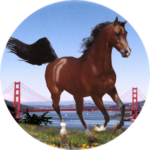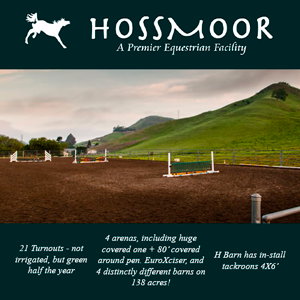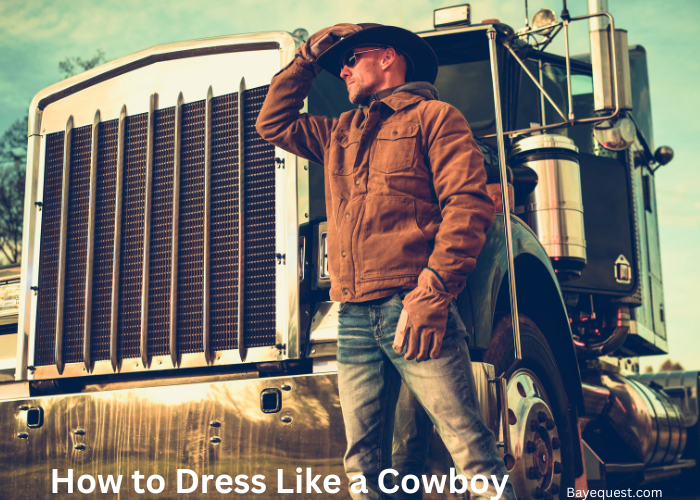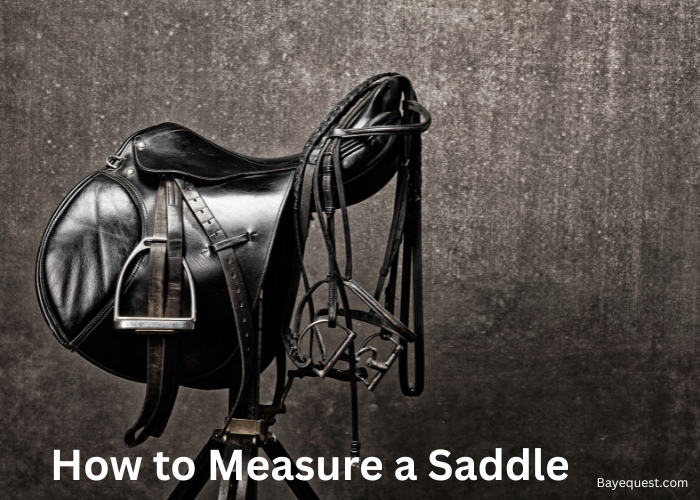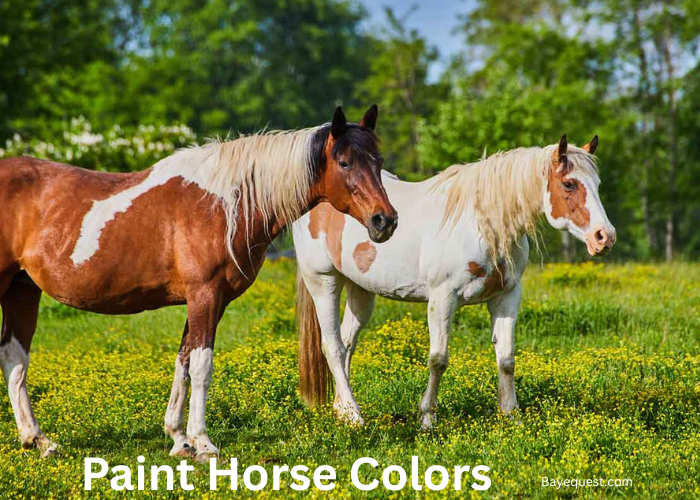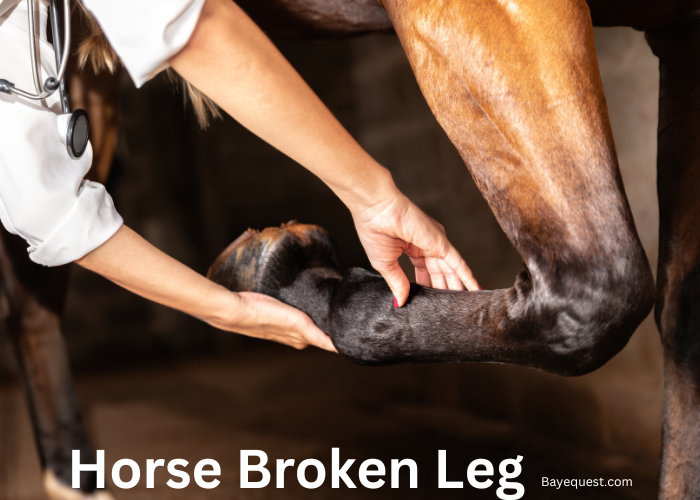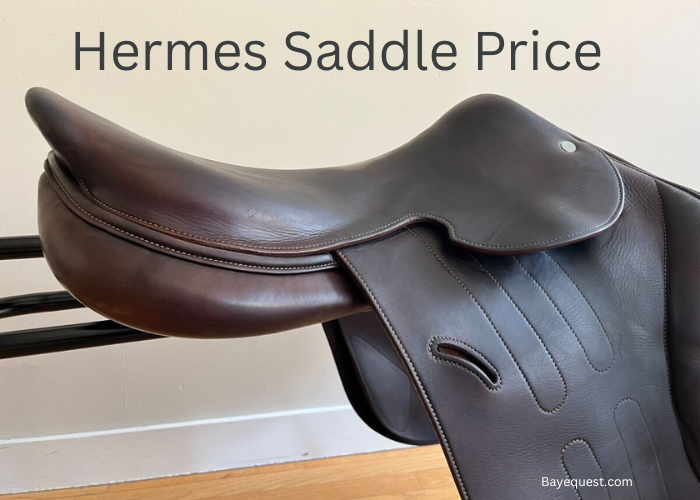Ever wanted to dress like a cowboy? It’s more than just wearing a hat and boots.
Cowboys have a unique style: rugged, practical, and effortlessly cool. Whether you’re heading to a Western-themed event, a rodeo, or just love the look, getting it right is key.
From classic denim to bold belt buckles, every piece tells a story. But it’s not just about clothes.
It’s about attitude, confidence, and a touch of old-school charm. Ready to embrace the cowboy way?
Let’s break down the essentials and help you build the perfect Western look.
How to Dress Like a Cowboy
Dressing like a cowboy takes more than just putting on a hat and boots. It’s about attitude, practicality, and knowing what works in the Western way of life.
A cowboy’s clothing isn’t just for looks—it serves a purpose. His hat shields him from the sun, his boots are built for long hours on his feet, and his jeans hold up against dust, dirt, and hard work.
The right fit matters. A cowboy doesn’t wear anything too tight or too loose—everything is worn with comfort and function in mind.
A sturdy belt with a bold buckle isn’t just for show; it keeps his jeans secure and sometimes tells a story, whether won in a rodeo or passed down through generations.
Outerwear depends on the weather. A cowboy knows when to grab a denim jacket, a wool vest, or a long duster for extra protection.
Accessories like a bandana, leather gloves, or a lariat are tools of the trade.
Most importantly, dressing like a cowboy means carrying yourself with confidence. It’s not about wearing a costume; it’s about embracing the spirit of the West—independence, resilience, and respect.
See also: Horse Costume Ideas.
Cowboy Hat – The Iconic Western Headwear
No cowboy look is complete without a cowboy hat. It’s the most recognizable piece of Western fashion and serves both style and function.
Styles of cowboy hats
Cattleman – The most classic style with a creased crown and curved brim.
Gus – A high crown with a sloping front, popular among ranchers.
Gambler – A flat-brimmed hat with a rounded crown, often seen in Western movies.
Tom Mix – A dramatic, oversized hat with a high crown for a bold statement.
Material options
Felt – Best for cooler weather and formal occasions.
Straw – Lightweight and breathable, perfect for hot summer days.
Leather – Durable and stylish, though less common.
Choosing the right fit
A cowboy hat should sit snug but not too tight. It should stay put in the wind but feel comfortable enough to wear all day.
Cowboy hat etiquette
Take it off indoors, especially in churches or at the dinner table.
Tilt it slightly forward for a relaxed, confident look.
Never place it brim-side down—this helps maintain its shape
Read also: Cowboy Hat Rule.
Cowboy Shirts – Classic Western Style
Cowboy shirts are built for both function and style. They’re tough enough for ranch work but sharp enough for a night out.
The key is in the details—snap buttons, pointed yokes, and bold patterns that set them apart from regular shirts.
Some shirts keep it simple, like solid button-downs or work shirts made from heavy-duty cotton.
Others lean into the Western flair with embroidered designs, contrast stitching, or paisley prints.
Plaid flannels are another favorite, offering warmth and comfort without losing the cowboy edge.
Fit matters, too. A cowboy shirt should be well-fitted but not tight, giving enough room to move.
Tucked in or left out, sleeves rolled or buttoned—how you wear it depends on the look you want.
Just add a belt with a statement buckle, and you’re ready to go.
Cowboy Jeans and Pants – The Right Fit Matters
Cowboy jeans are built for toughness and comfort. They need to handle long days on horseback, ranch work, and everyday wear.
Boot-cut jeans are the go-to choice since they fit over cowboy boots without bunching up. Straight-leg jeans work too, but they don’t have the same classic Western feel.
Denim should be thick and durable. Brands like Wrangler, Levi’s, and Cinch make jeans that hold up to wear and tear.
Stretch denim is an option if you want a little more flexibility, but traditional cowboys stick to heavy-duty fabric.
Fit is key. Jeans should sit comfortably at the waist, not too tight but not baggy either. Cowboys never tuck their jeans into their boots—that’s a big no.
A tucked-in shirt, a good belt, and a solid pair of boots complete the look. Simple, rugged, and built to last.
Cowboy Boots – The Heart of the Look
Cowboy boots aren’t just footwear—they’re the foundation of the cowboy look.
Designed for riding, working, and making a statement, they’re built to be tough, comfortable, and stylish.
A good pair of cowboy boots has a high shaft for protection, a pointed or square toe for easy stirrup access, and a raised heel for stability.
Traditional styles feature intricate stitching and high-quality leather, while modern versions come in various materials, including exotic skins like alligator or ostrich.
Choosing the right boot comes down to function and personal style.
Roper boots have a lower heel and round toe for all-day comfort, while classic Western boots have a taller heel, making them better suited for riding.
Work boots prioritize durability, often featuring rubber soles and reinforced toes.
Breaking them in takes time, but once they mold to your feet, they’re incredibly comfortable.
Always wear them with jeans over the top—never tucked in.
Whether polished and refined or scuffed from years of use, cowboy boots are a symbol of the Western way of life.
Cowboy Belts and Belt Buckles – The Western Touch
A cowboy belt is a statement piece. Thick, sturdy, and often decorated, it brings the whole Western look together.
Most cowboy belts are made from high-quality leather, often tooled with intricate designs or patterns. Some feature engraved silver accents or conchos, adding extra flair.
The belt buckle is where the personality shines. Cowboys don’t settle for small, simple buckles.
Instead, they go for bold designs—oversized metal plates featuring rodeo scenes, longhorns, eagles, or initials.
Some buckles are trophies, won in rodeo competitions, while others are just for style.
Wearing a cowboy belt the right way is simple. Pair it with a tucked-in shirt to show off the buckle.
Match the leather to your boots for a polished look. Whether rugged and worn or polished and flashy, a cowboy belt is the finishing touch that ties the outfit together.
Western Accessories – Small Details That Make a Big Difference
It’s the little things that separate a cowboy from just another guy in jeans and boots.
A well-placed bandana, a silver-studded belt, or a worn leather bracelet—these small details turn an outfit into a statement.
A cowboy’s bandana isn’t just for show. It blocks dust on the trail, wipes sweat on a hot day, and adds a pop of color to the look.
Leather gloves are another practical touch, tough enough for ranch work but stylish enough to wear casually.
Jewelry? Cowboys keep it simple. A turquoise ring, a silver bolo tie, or a rugged leather cuff adds Western charm without overdoing it.
Even the way a hat is tilted or how boots are scuffed tells a story.
Dressing like a cowboy isn’t just about what you wear—it’s about how you wear it.
Cowboy Jackets and Outerwear – Dressing for the Weather
A cowboy’s outerwear reflects both style and practicality. It needs to handle the elements while staying true to Western tradition.
Denim jackets offer a classic look with durability to match. They work well in mild weather and pair effortlessly with cowboy boots and jeans.
On colder days, a sherpa-lined denim jacket adds warmth without sacrificing style.
For added insulation, wool vests provide an extra layer while allowing easy movement.
When braving wind and rain, oilskin dusters offer full-body protection, making them a favorite among working cowboys.
Leather and fringe jackets bring a bold Western touch. While less common for daily ranch work, they stand out in rodeos and Western fashion.
A good cowboy jacket isn’t just about function—it tells a story.
Cowboy Grooming and Hairstyle
A cowboy’s grooming and hairstyle should reflect his lifestyle. It must be practical, rugged, and effortlessly cool.
Clean and well-kept doesn’t mean overly polished, but cowboys take care of their appearance in a way that feels natural.
Facial hair varies. Some prefer a clean-shaven look, while others go for a mustache or a well-groomed beard.
A thick, full mustache, like the one worn by Western legends, adds character.
Beards should be trimmed, not wild, keeping them neat while maintaining a tough, outdoorsy appeal.
Hair is usually kept simple. Short to medium-length styles work best, often slightly tousled or slicked back for a classic cowboy look.
Those with longer hair keep it controlled, sometimes tied back in a low ponytail. The key is effortless styling—no excessive products, just a natural, rugged finish.
Skincare isn’t a priority for every cowboy, but sun protection matters.
Days spent outdoors mean sunscreen or a good moisturizer helps prevent dry, weathered skin.
A little effort goes a long way in maintaining a healthy, tough-but-groomed appearance.
Cowboy grooming isn’t about perfection. It’s about looking sharp without trying too hard—just enough to show self-respect while keeping things rugged and real.
Cowboy Attitude and Personality
A cowboy’s attitude is what truly sets him apart. It’s not just the way he dresses—it’s the way he carries himself, the way he treats others, and the values he lives by.
Confidence comes naturally. A cowboy doesn’t brag or seek attention, but his presence is felt.
He walks with purpose, speaks with conviction, and stays calm under pressure. Strength isn’t just physical—it’s in his character.
Respect is key. A true cowboy stands by his word, treats people with fairness, and honors tradition. Whether dealing with friends or strangers, he values honesty and loyalty.
Hard work is a given. Cowboys don’t complain—they get the job done, no matter how tough it is.
They take pride in their work, whether on a ranch, in a rodeo, or in everyday life.
Independence runs deep. A cowboy relies on himself first, solving problems with resourcefulness and grit. He’s prepared for challenges and faces them head-on.
Above all, a cowboy keeps his cool. He doesn’t start trouble, but he won’t back down when tested.
He stands tall, keeps his word, and lives by a simple code—work hard, respect others, and always ride for the brand.
Cowboy Gear and Everyday Carry
A cowboy’s gear isn’t about flash—it’s about function. Every item has a purpose, whether for work, protection, or everyday use.
A well-prepared cowboy carries what he needs and nothing more.
A pocket knife is a must. Used for cutting rope, fixing tack, or handling everyday tasks, a sturdy folding knife is always within reach. A cowboy never leaves home without one.
A leather wallet holds cash, cards, and sometimes an old rodeo ticket or a family photo. Tough and worn over time, it’s built to last, just like everything else he carries.
For long days in the sun, a canteen or flask keeps a cowboy hydrated. Water is essential on the trail, but some prefer a flask for a little something stronger at the end of the day.
A saddlebag or leather pouch holds small essentials. Whether attached to a horse or slung over a shoulder, it’s useful for carrying gloves, tools, or even a harmonica for a quiet night under the stars.
Some cowboys keep a lariat (rope) handy, especially those who work with cattle. Whether for roping livestock or securing gear, a strong rope is always useful.
Every item a cowboy carries tells a story. It’s not about excess—it’s about being ready for whatever the day brings.
Cowboy Slang and Talk
A cowboy’s way of talking is as distinct as his style. Short, direct, and full of character, cowboy slang isn’t just about words—it’s about attitude.
Greetings and everyday talk
- “Howdy” – A classic cowboy hello.
- “Much obliged” – A polite way to say thank you.
- “Reckon” – Means “I think” or “I suppose.”
- “Y’all” – Short for “you all,” used for groups.
Cowboy wisdom
- “Don’t squat with your spurs on.” – Think before you act.
- “This ain’t my first rodeo.” – I’ve done this before.
- “Ride for the brand.” – Stay loyal and committed.
Check out more cowboy quotes and sayings in our guide.
Describing people and situations
- “All hat, no cattle.” – Someone who talks big but can’t back it up.
- “Tighter than bark on a tree.” – Someone who’s stingy with money.
- “That dog won’t hunt.” – That idea won’t work.
- “He’s got a burr under his saddle.” – He’s irritated about something.
On the trail
- “Git along, little dogies.” – Move along, often said to cattle.
- “High tail it.” – Hurry up or get moving.
- “Riding drag.” – Taking the worst job, like riding at the back of a cattle drive.
How to Dress Like a Modern Vs. Classic Cowboy
A classic cowboy dresses for function, while a modern cowboy blends tradition with style. Both share the same Western roots, but their approach to fashion is different.
Jeans and fit
A classic cowboy sticks to boot-cut jeans, designed to fit over his boots. His jeans are tough, well-worn, and built for long hours on horseback.
A modern cowboy might go for a slimmer fit, keeping the Western look but with a more refined edge.
Shirts and style
The classic cowboy wears snap-button shirts in plaid, solid colors, or embroidered patterns. Durability comes first.
The modern cowboy still wears button-downs but opts for more tailored fits, sometimes swapping traditional prints for sleek, minimalist designs.
Boots and accessories
A classic cowboy’s boots show signs of work—scuffed leather, well-worn soles, and a heel built for riding.
The modern cowboy keeps his boots polished, choosing smoother leather or even exotic skins for a high-end touch.
Outerwear choices
On chilly days, a classic cowboy reaches for a denim jacket, wool vest, or oilskin duster, all built for rugged conditions.
A modern cowboy might go for a leather jacket or even a Western-style blazer, keeping warmth and fashion in balance.
Final touches
The classic cowboy keeps accessories simple—a bandana for dust, a sturdy belt, and a functional hat.
The modern cowboy leans into style, swapping the bandana for a bolo tie, silver rings, or a structured hat that fits urban life.
Both styles stay true to Western tradition, but one is shaped by the ranch, while the other is tailored for the town.
Related read: What to Wear When Riding a Horse.
How to Dress Like a Cowboy: Conclusion
Dressing like a cowboy is more than just the clothes. It’s about confidence, practicality, and a respect for the Western way of life.
Every piece, from the hat to the boots, has a purpose. The right jeans, a sturdy belt, and a well-fitted shirt bring the look together.
Accessories add personality, but attitude makes it real. Whether you go for a classic or modern style, the key is to wear it with confidence.
Cowboys don’t just dress the part, they live it. Find your style, own it, and walk with the spirit of the West.
